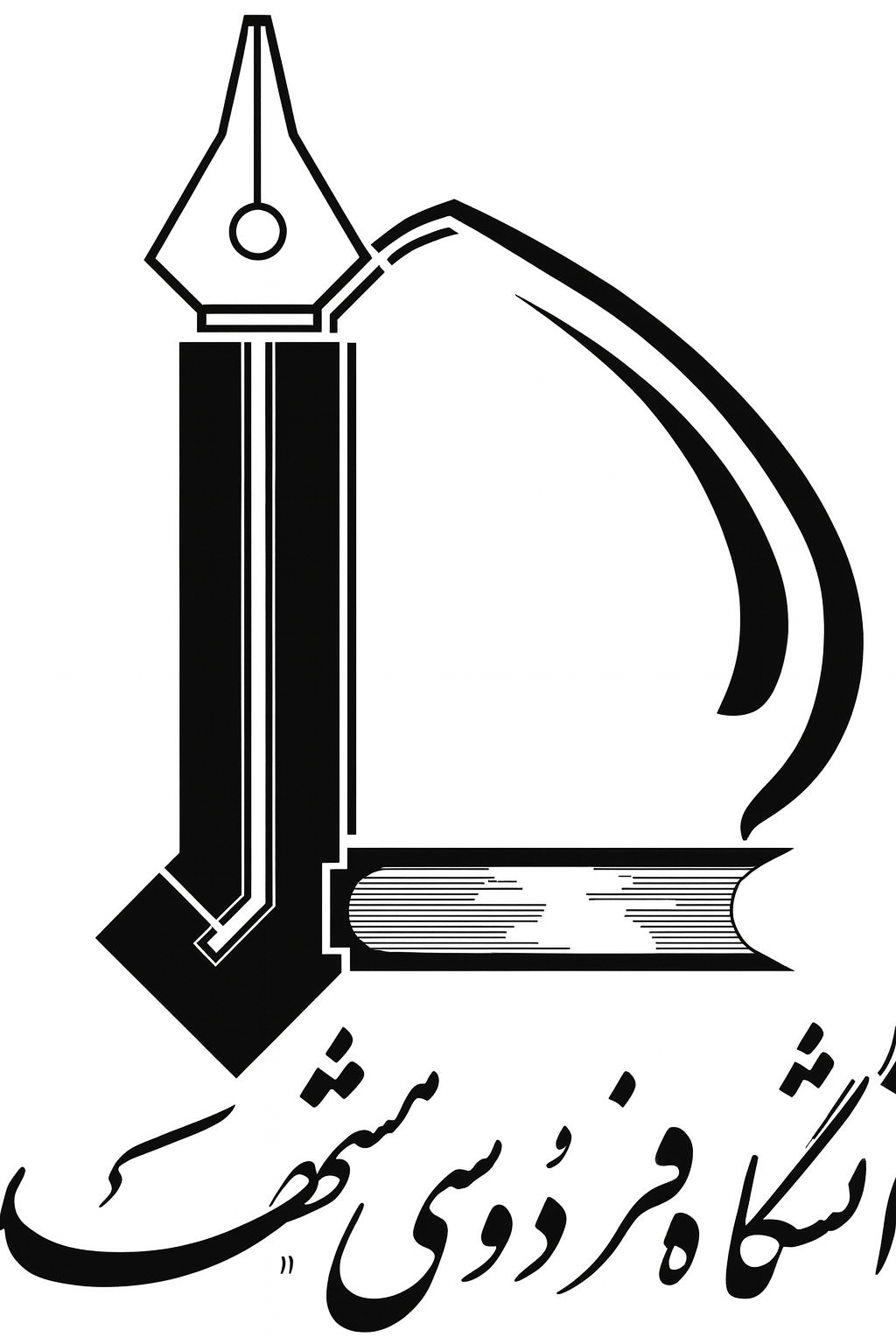Title : ( Qualitative response of roselle to planting methods, humic acid application, mycorrhizal inoculation and irrigation management )
Authors: Hamid-Reza Fallahi , Morteza Ghorbany , Mahsa Aghhavani Shajari , Alireza Samadzadeh , Amir Hassan Asadian ,Abstract
Crop management is an important factor affecting the quality of medicinal plants. Therefore, objectives of our investigation on roselle (Hibiscus sabdariffa L.) were: 1) To identify an appropriate planting method in semi-arid regions and 2) to study crop production under water-deficit conditions using eco-friendly techniques. We specifically investigated the effects of planting methods (direct sowing vs. transplanting) (experiment 1, in a randomized complete-block design), as well as effects of water regimes [irrigation after pan evaporation of 100 mm (normal irrigation) and 200 mm (deficit irrigation)], humic acid application (0 and 4 kg ha −1) and mycorrhizal inoculation (Glomus versiforme, Glomus intraradices, and control) (experiment 2, in a split-splitplot layout) on certain qualitative indices of roselle. The amounts of total soluble solids (TSS), anthocyanin content, and maturity index for direct seeding were, respectively, 17%, 15%, and 33% higher than those for transplanting, whereas vitamin C content and total acidity for transplanting treatment were, respectively, 17% and 20% more than those for direct sowing. According to data obtained from the average of the three mycorrhizal treatments, normal irrigation combined with humic acid application increased total acidity (0.88 mg.100 g−1), anthocyanins (67.1 mg.l−1), and vitamin C content (2177 mg.100 g−1) over the control (deficit irrigation and no humic acid application, which had lower acidity (0.53 mg.100 g−1), anthocyanins (38.8 mg.l−1), and vitamin C content (1882 mg.100 g−1). Total phenol and anthocyanins content under mycorrhizal inoculation were relatively higher than under control treatment at both levels of irrigation. G. intraradices produced the largest amount of vitamin C (2353 mg.100 g−1) under deficit irrigation. On average, noinoculation treatment had higher TSS, pH, and total acidity than any mycorrhizal inoculation treatment. Humic acid application and mycorrhizal inoculation, especially using G. intraradices, showed the highest values of anthocyanins (56.9 mg.l−1) and vitamin C (2309 mg.100 g−1) content. Overall, normal irrigation, combined with humic acid application and mycorrhizal inoculation, partially improved the quality indices of roselle.
Keywords
Anthocyanin; Glomus intraradices; soluble solids; total phenolic compounds; transplanting; Vitamin C@article{paperid:1103302,
author = {حمیدرضا فلاحی and مرتضی قربانی and Aghhavani Shajari, Mahsa and علیرضا صمدزاده and امیرحسن اسعدیان},
title = {Qualitative response of roselle to planting methods, humic acid application, mycorrhizal inoculation and irrigation management},
journal = {Journal of Crop Improvement},
year = {2017},
month = {February},
issn = {1542-7528},
keywords = {Anthocyanin; Glomus
intraradices; soluble solids;
total phenolic compounds;
transplanting; Vitamin C},
}
%0 Journal Article
%T Qualitative response of roselle to planting methods, humic acid application, mycorrhizal inoculation and irrigation management
%A حمیدرضا فلاحی
%A مرتضی قربانی
%A Aghhavani Shajari, Mahsa
%A علیرضا صمدزاده
%A امیرحسن اسعدیان
%J Journal of Crop Improvement
%@ 1542-7528
%D 2017


